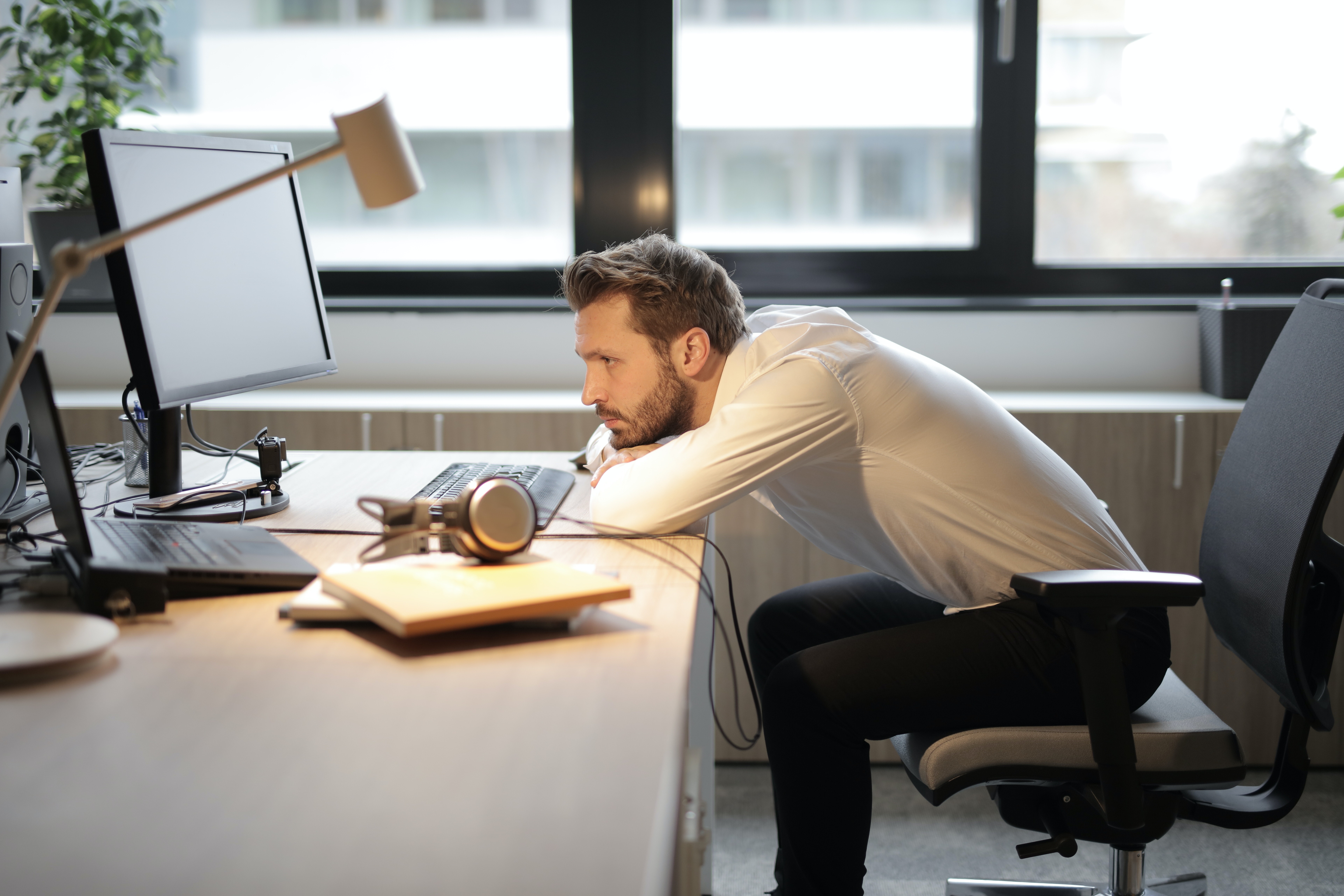World Mental Health Day offers an important moment to reflect on the role of technology plays in mental health. During the COVID-19 pandemic, the world was made starkly aware of the connections and gaps created through access (or lack to thereof) to online resources. While many were able to continue to connect to their families and friends, continue earning an income, and participate in recreational activities, others were shut out either because they did not have digital resources available to them, or they did not know how to use them. But even those who were able to continue socialising and working, the huge and shift from in-person to purely online interactions, also made an impact on our mental health.
As we now emerge from many of the restrictions put in place during the pandemic, the trend towards digital has continued with many workplaces shifting to hybrid setups, and service providers moving the majority of their customer facing interactions online. These shifts have provide some positive developments for people with social anxiety and other mental health issues that previously limited their access to services that could only be received in person. However, there has also been a toll on relationships, as the world is still learning how to safely develop and foster healthy relationships online. Being online makes some people feel like they can no longer separate their personal life and their school and work life. When it is possible for people to connect with you at any time, and anywhere, many people feel compelled to always be available to respond, and never have to opportunity to truly unwind and engage in offline activities.
It is important to think of digital resources as tools – meant to enhance and improve our personal and work lives, not to consume them. If something is hurting, rather than helping, we need to be able to recognise this, and find a better solution. Here are some tips for protecting your mental health when using digital technologies:
Schedule time off the clock and offline
Take regular screen breaks. In fact, the government recommends a 5-10 minute break for every hour of continuous screen time. Set aside time in your day when you are not using any of your devices. Think about the best periods for work, studies, and downtime. When you do not need to be online, close any apps, or set aside your device, and participate in an activity that you enjoy: reading, taking a walk, doodling – it is up to you! Ideally, you should always put aside or switch off your devices at night as the light and notifications have been shown to negatively affect quality of sleep.
Be selective about the online spaces you visit
Just as you would not choose to attend an event, eat at a restaurant, or walk in park where you felt unsafe or did not trust the people in that area – be mindful about the online spaces where you choose to spend your time. If you are searching for information or trying to find an online community, take time to assess the sites you visit regularly. Do you often feel upset or angry by the content? Take time to identify what exactly triggers the reactions. If it is in a professional space or one where there are moderators in charge of maintaining a safe and healthy culture of communication, report those breaching the rules. You may need to take steps to avoid content if it is having hurting your mental health.
Get help when you need it
You might have heard these tips before, or tried these and other methods, and yet you are still struggling to feel safe, happy, and productive when using digital tools. There is no shame in seeking out support and guidance as you continue to work on protecting your mental health. In fact, it takes a great deal of strength and self-awareness to know when to ask for help. The University of Kent has services and resources to support the wellbeing of members of our community. This includes appointments with specialist advisers and counsellors, facilitated peer support groups, and 24/7 access to help from partner organisations. Find out what support is available to you.

